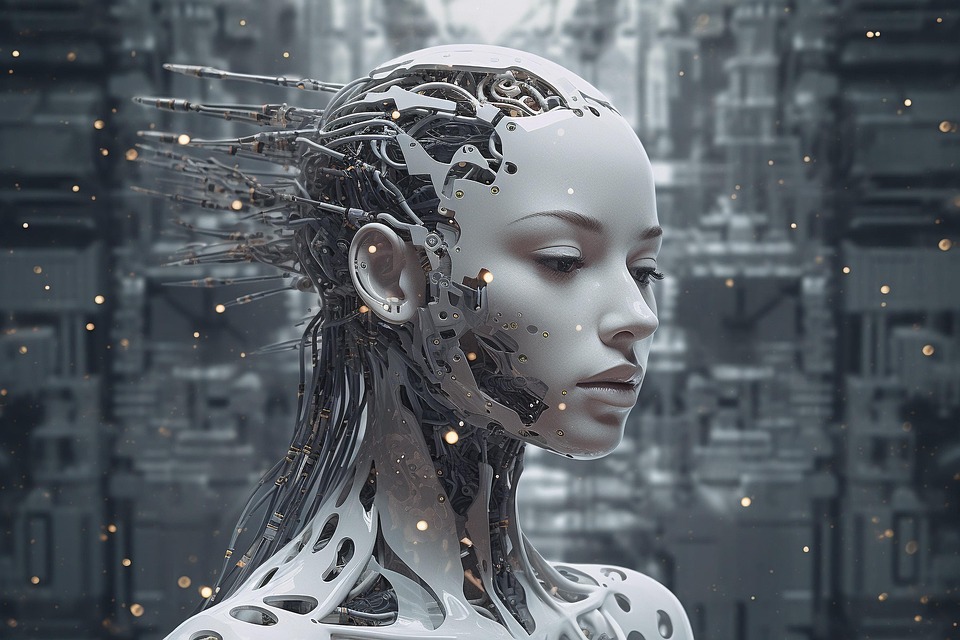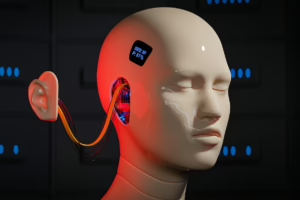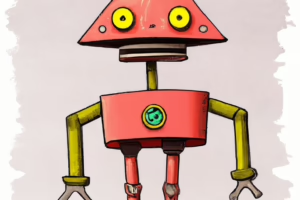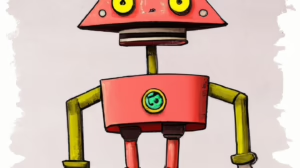The Workforce of Tomorrow: Will AI Create or Displace Jobs?
In recent years, the rapid advancement of artificial intelligence (AI) has sparked an intense debate about its potential impact on the job market. As AI technologies continue to evolve, concerns about job displacement loom large, leading many to ask: will AI create new opportunities or eliminate existing roles? This article explores the multifaceted relationship between AI and employment, examining the potential benefits and threats posed by this transformative technology.
Understanding AI and Its Capabilities
Artificial intelligence refers to the simulation of human intelligence processes by machines, particularly computer systems. These processes include learning, reasoning, and self-correction, allowing AI to analyze vast amounts of data, recognize patterns, and automate tasks that previously required human intervention. As AI technologies—like machine learning, natural language processing, and robotics—become increasingly sophisticated, their applications across various industries are rapidly expanding.
AI’s capability to learn from data and improve over time enables it to tackle complex problems, which presents both opportunities and challenges. For instance, industries such as finance, healthcare, and transportation are leveraging AI for predictive analytics, diagnostics, and route optimization, respectively. This technology promises to revolutionize how businesses operate and interact with their customers, thus reshaping the future workforce.
The Double-Edged Sword: Job Displacement
Routine Tasks at Risk
One of the most significant concerns surrounding AI is the automation of routine and repetitive tasks. Jobs that involve manual labor, data entry, or basic customer service are particularly vulnerable. For example, industries such as manufacturing and retail have already witnessed automation displacing low-skilled workers. A McKinsey report estimates that around 60% of jobs could be partially automated by 2030, leading to potential job losses.
As robots and AI systems take over these tasks, the low-wage workforce faces a harsh reality. Unlike higher-skilled positions, which often require specialized training and education, many of these roles can be performed by AI with minimal oversight. This situation raises ethical questions about the responsibilities of companies and governments to provide support for affected workers.
The Skills Gap
Another critical factor is the skills gap. As AI systems become more integrated into workplaces, workers must adapt to new technologies and acquire skills in AI and data analysis. Unfortunately, not all employees have the resources or opportunities to upskill. According to a World Economic Forum report, up to 85 million jobs may be displaced by a shift in labor between humans and machines. However, about 97 million new roles may emerge that are more adapted to the new division of labor between humans, machines, and algorithms.
This disparity means that economically disadvantaged workers or those in industries heavily impacted by automation may find themselves struggling to keep pace. The transition to an AI-driven economy could exacerbate existing inequalities, necessitating systemic changes in education and workforce development.
The Silver Lining: Job Creation
New Roles and Industries
While AI undoubtedly poses a threat to certain jobs, it also has the potential to create new roles and industries. Historically, technological advancements have led to job creation. For instance, the advent of the internet generated roles in web development, digital marketing, and e-commerce. Similarly, AI is expected to give rise to jobs in AI system development, maintenance, and ethics. Positions such as data scientists, AI trainers, and AI ethicists are already emerging, emphasizing the need for human oversight in AI decision-making.
Organizations will require experts who can design, implement, and manage AI systems, support units that help integrate AI into existing operations, and professionals focused on the ethical implications of AI technologies. As these new roles continue to expand, they offer a promising landscape for job seekers.
A Catalyst for Innovation
AI can also enhance human productivity and innovation. By automating mundane tasks, employees can focus on higher-value activities requiring creativity, strategic thinking, and emotional intelligence. For example, in healthcare, AI can assist doctors in diagnosing diseases, allowing them to spend more time on patient care and improving overall health outcomes. By augmenting human capabilities rather than replacing them, AI paves the way for unprecedented innovation.
Moreover, companies that effectively integrate AI into their workflows tend to see improved efficiencies, reduced costs, and higher levels of customer satisfaction. Thus, AI not only has the potential to transform specific roles but can benefit entire industries across the board.
Preparing for the Future Workforce
Education and Upskilling
Addressing the challenges posed by AI requires a concerted effort from individuals, businesses, and governments. A significant emphasis must be placed on education and continuous upskilling. Adapting educational curricula to include AI literacy and promoting lifelong learning initiatives can help the workforce transition smoothly into the AI-driven future.
Educational institutions should focus on equipping students with skills that are complementary to AI, such as critical thinking, creativity, and emotional intelligence. By fostering these traits, we can prepare a workforce that excels in areas where human capabilities surpass those of machines.
Policy and Support Systems
Governments and organizations must also play a role in developing policies that support workers affected by AI displacement. This could include retraining programs, unemployment benefits, and job placement services to assist those whose positions are at risk. Furthermore, ethical frameworks surrounding AI must be established to ensure that the technology is used responsibly and equitably.
Investments in workforce development programs, public-private partnerships, and social safety nets can help mitigate the adverse effects of AI displacement while paving the way for a more sustainable and adaptable workforce.
Conclusion: A Collaborative Future
The question of whether AI will create or displace jobs is complex and multifaceted. While there is undeniable potential for job displacement, history shows us that technological advancements often lead to new opportunities as well. The future of work will likely require a collaborative approach, harnessing the strengths of both AI and human creativity.
Ultimately, the key to navigating this transition lies in preparation—fostering a workforce that is adaptable, skilled, and ready to thrive in a world where AI plays an increasingly central role. By embracing change and investing in education and support systems, we can create a future where humans and AI coexist harmoniously, driving innovation and economic growth together.
In essence, while AI presents challenges, it equally offers a chance to redefine our roles in the workforce. By focusing on lifelong learning, ethical implementation, and collaborative strategies, we can harness the ingenuity of human beings and AI alike to design a brighter, more equitable future for all.
Sources
- McKinsey & Company, “A Future that Works: Automation, Employment, and Productivity.”
- World Economic Forum, “The Future of Jobs Report 2020.”


























Add Comment